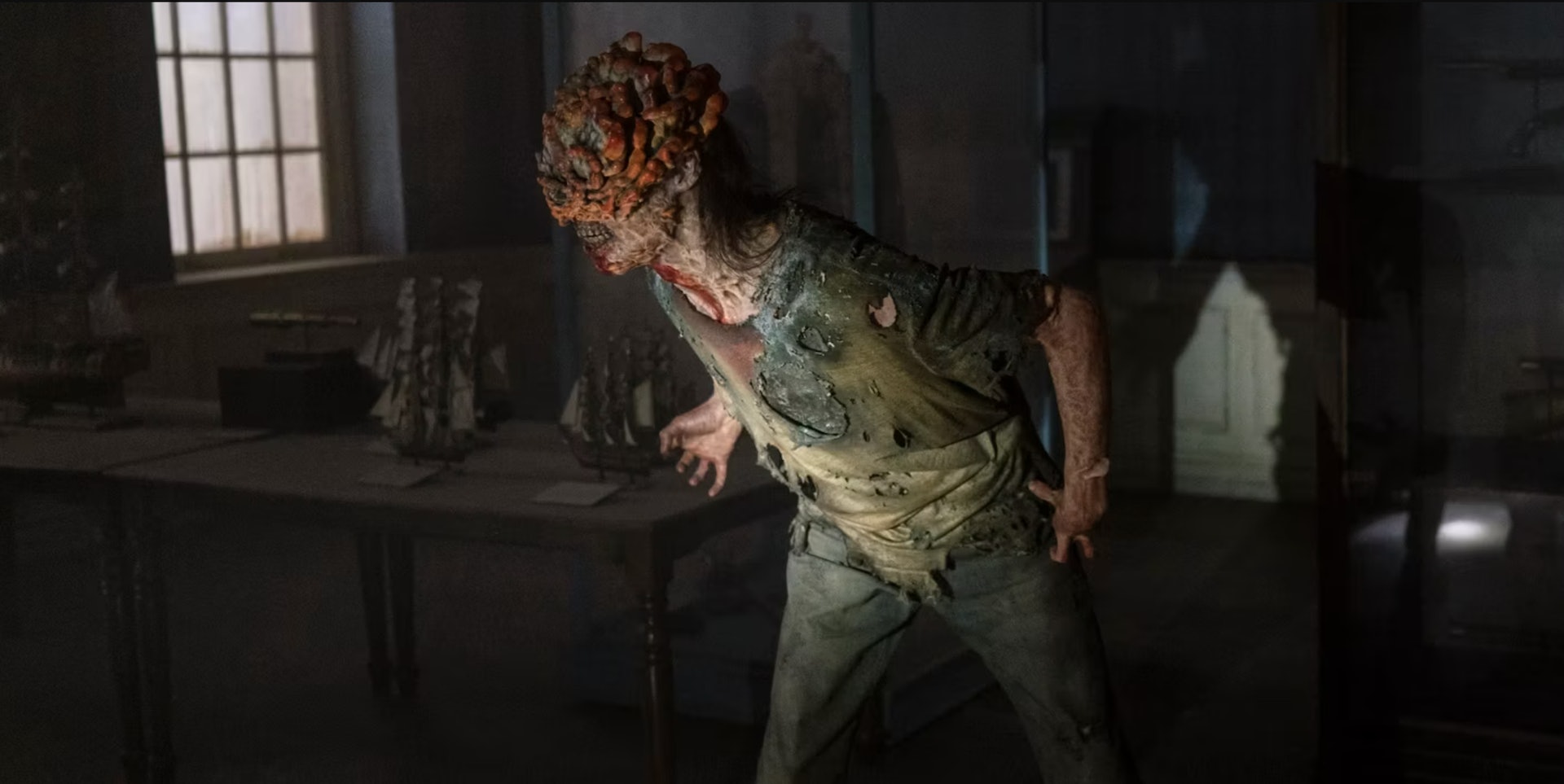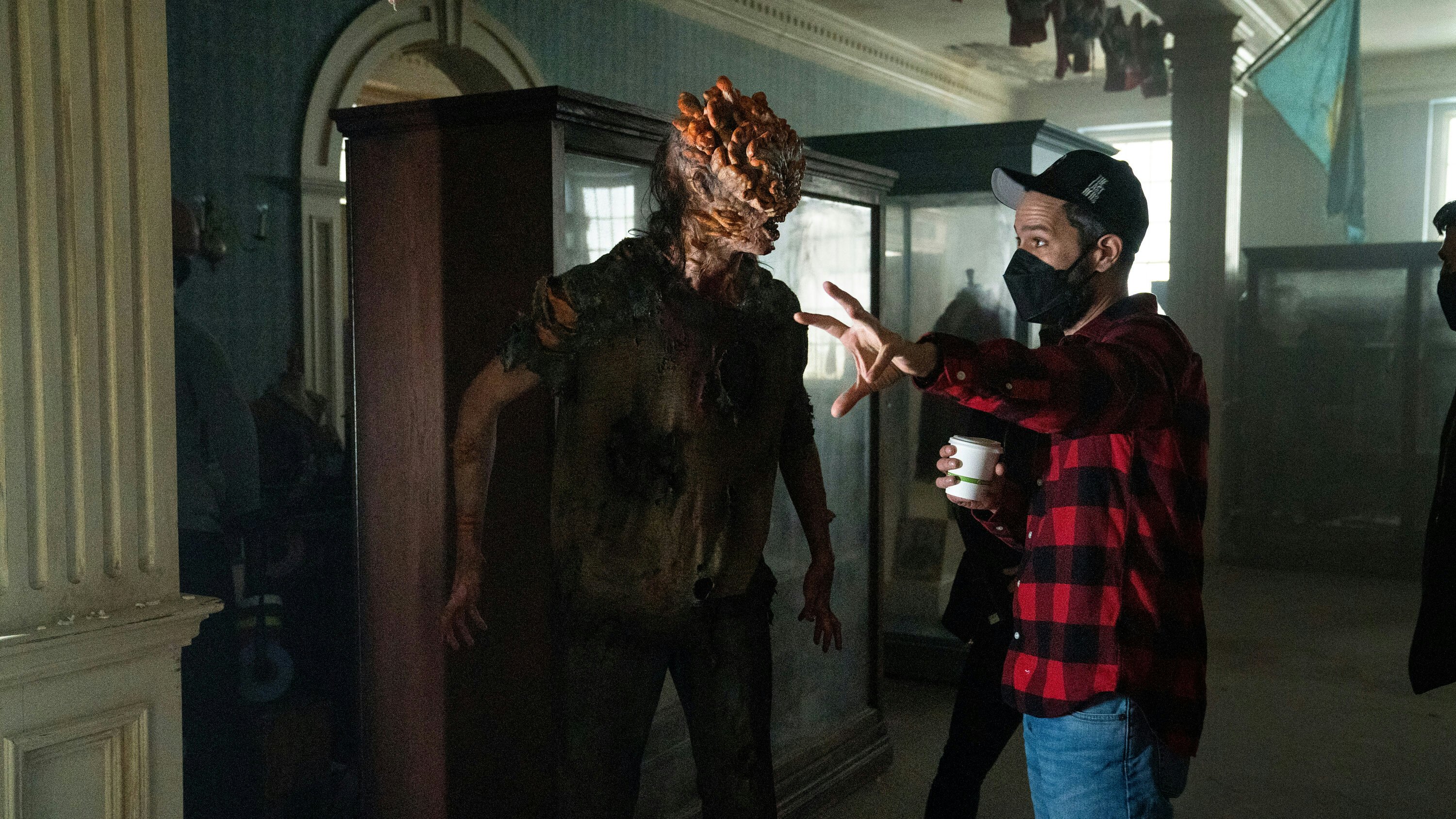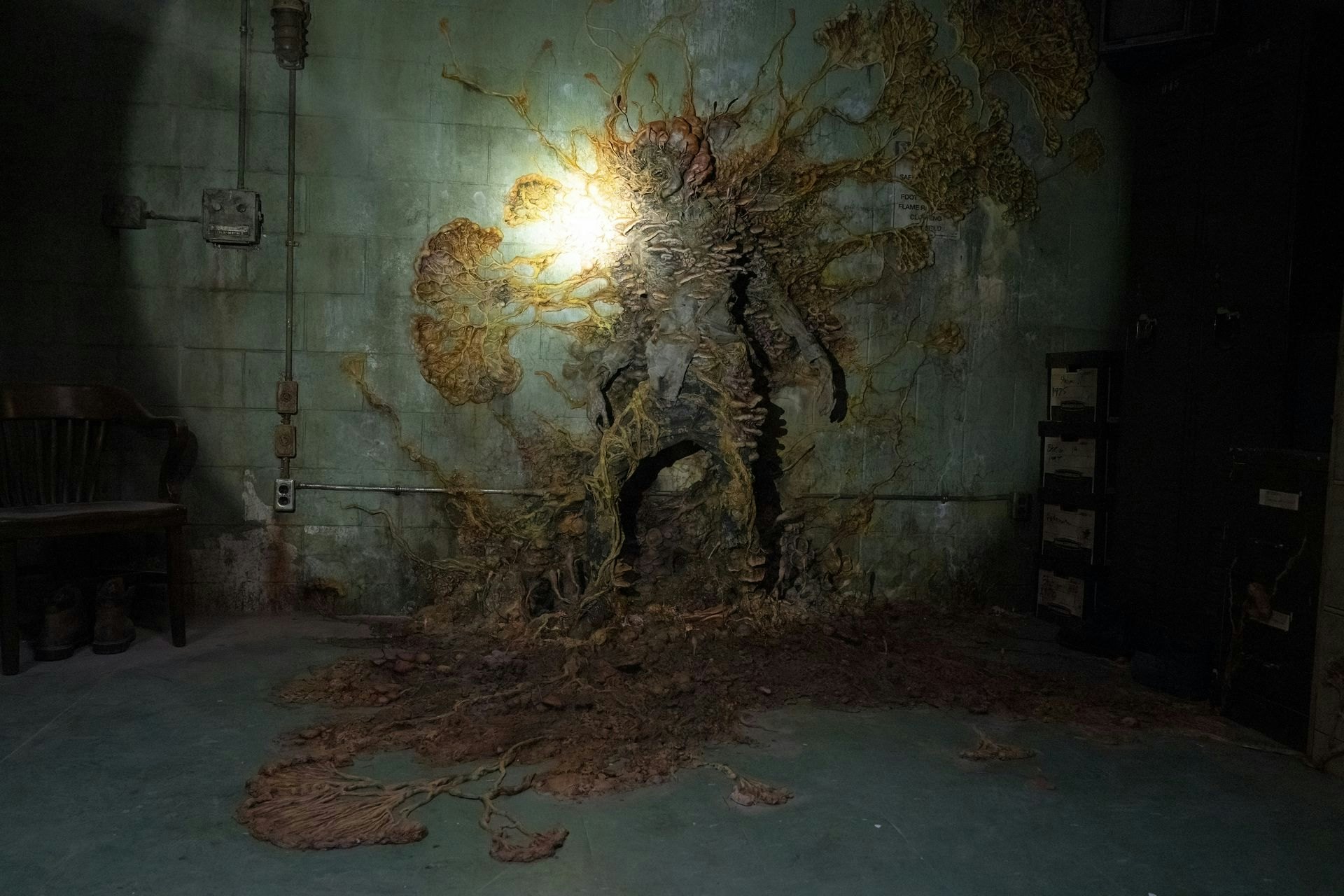
The word “zombie” was banned from the set of an HBO series. That wouldn’t cause too much of a stir if it was the set of, say, Sex and the City, or The White Lotus, or True Blood. But this was on the set of The Last of Us, a zombie show that is trying really hard not to be a zombie show.
“It’s not a cliché zombie movie, it’s not Hollywood backlit where everyone’s close-up is perfect. It’s a world of organic cinematic naturalism, and that’s something I could just feel,” cinematographer Eben Bolter said in an interview with The Credits. “We weren’t a zombie show. Of course, there’s tension building and jump scares, but the show’s really about our characters; the Infected are an obstacle they have to deal with,” Bolter added.

HBO’s adaptation of the unsettling 2013 Naughty Dog video game of the same name isn’t constantly trying to scare the bejeezus out of its viewers. While jumpscare frights do occasionally (and memorably) happen throughout the show, they’re far and few between. Instead, the HBO series is persistently lugubrious.
Indeed, the horror in The Last of Us is packaged in the pervasive sense of despair among its characters and its setting. This is a world ravaged by a fungal virus that turns the living into hungry, stumbling corpses with skin splayed and inside bits spilling out. And if you aren’t a zombie — er, scratch that, an Infected — you might as well be dead, anyway. There’s little to love and even less to latch onto amid the bleakness, with humanity’s salvation ultimately hinging on the spaghetti-thin theory that one teenager’s supposed immunity carries the cure to the cordyceps apocalypse.
Perhaps that is why in the rare moments in the show when there are glimpses of hope, or when jokes are cracked, or when bonds are formed, heighten the tension tenfold — way more than a Clicker or a Bloater ever could. Precious scenes like a parting hug between Tess (Anna Torv) and Joel (Pedro Pascal), or giggles over comic books with Sam (Keivonn Woodard) and Ellie (Bella Ramsey), and the entire 80-minute run of Episode 3 (masterfully fronted by Nick Offerman and Murray Bartlett), lurch at your heart— only to brutally tear it out soon after with a string of tragedies.

Episode 6 of The Last of Us, titled “Kin,” is another monster-less episode — opting to leave the Infected shitstorm that broke out at the end of Episode 5 in Kansas City, and take viewers instead to breathtaking Wyoming during Christmastime and its (even more rural) outskirts. Out on the ice and under the snow, viewers become privy to the inevitable PTSD of its characters. Joel’s vulnerabilities — how much of a failure he feels as a father to the deceased Sarah and as a surrogate father to Ellie, how he only trusts one person in his life (Tommy), and his mixed feelings over Tommy’s happiness — are put under a spotlight, with the genre show even insinuating that its macho-man hero is currently going through a rough patch of chronic panic attacks. Meanwhile, Ellie feels rejected by Joel and scared of her helplessness without him as her sort-of legal guardian and protector. And, on top of that? Ellie learns about menstrual cups, and how handy they can be during end-of-world times.
The Last of Us continually reminds us that, when all is said and done, it’s an HBO prestige drama before it’s a supernatural show. It’s that signature, human touch that makes it stand out above the mindless zombie content fray.
New episodes of The Last of Us air Sundays on HBO.







